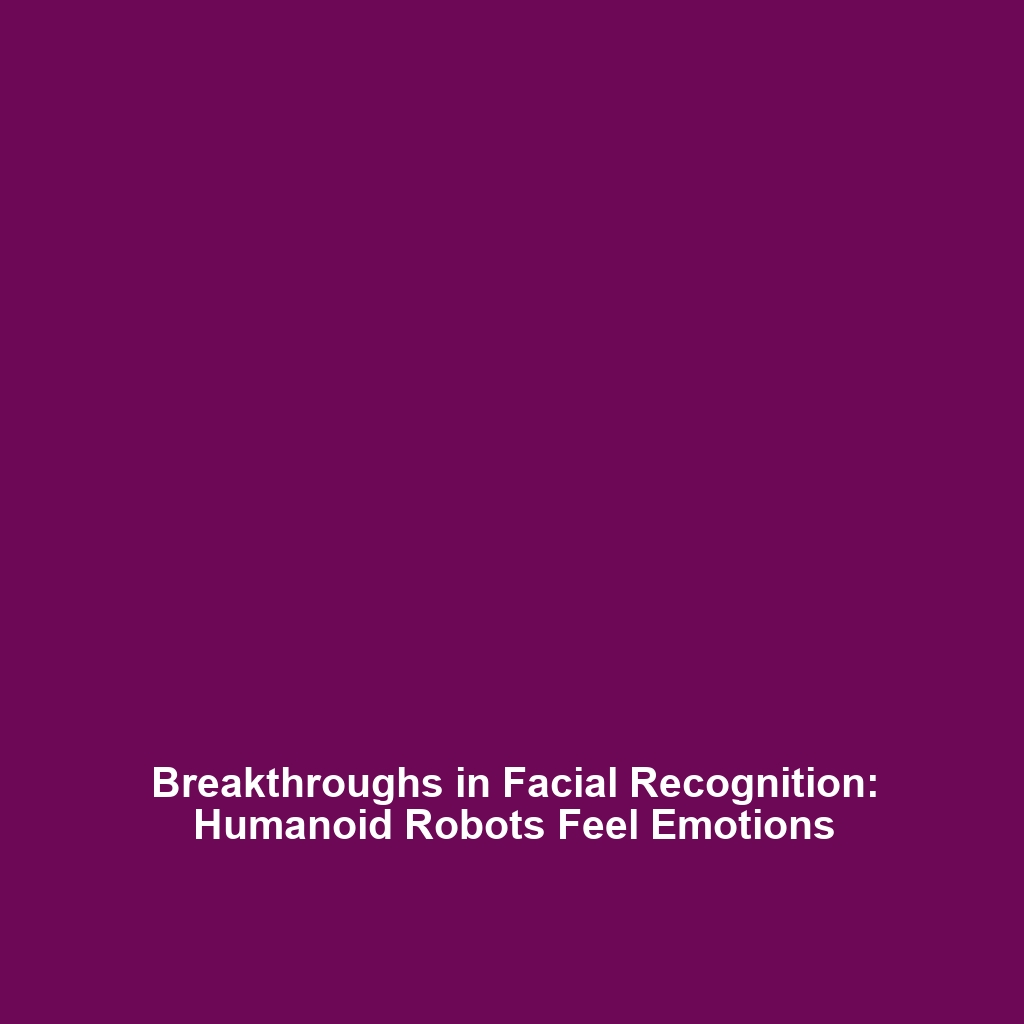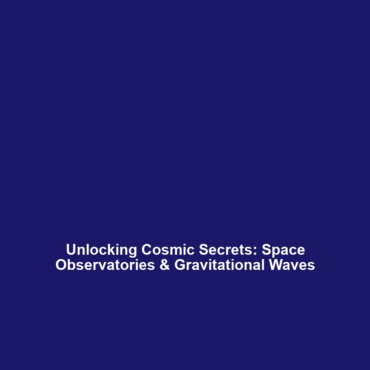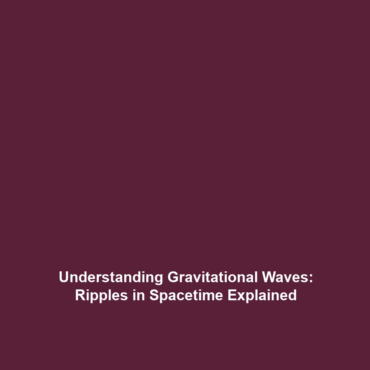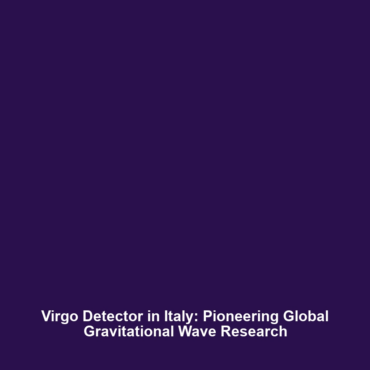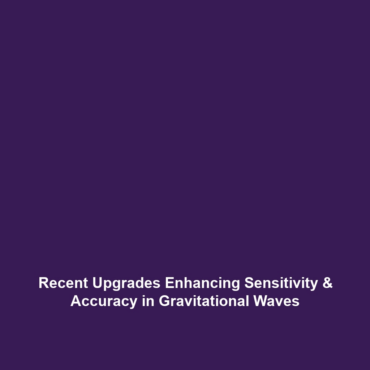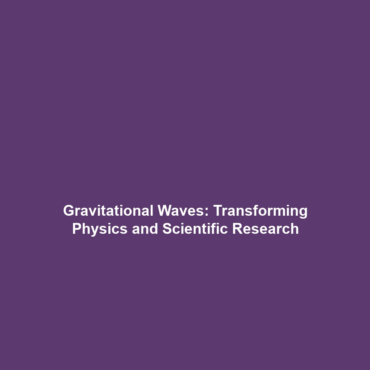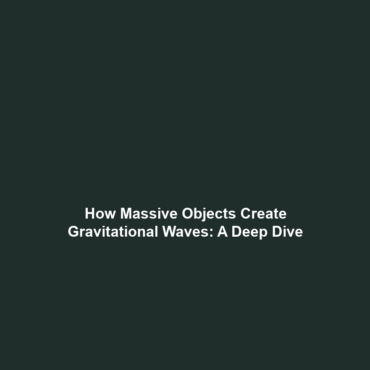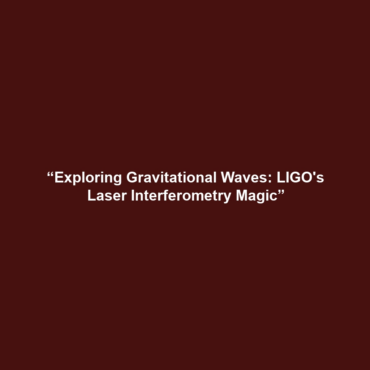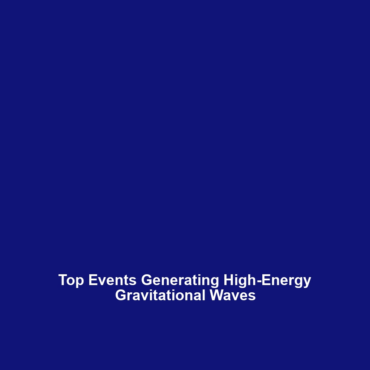Advances in Facial Recognition Enabling Humanoid Robots to Detect and Respond to Human Emotions
Introduction
In recent years, advances in facial recognition technology have dramatically changed the landscape of humanoid robots, equipping them with the ability to detect and respond to human emotions with unprecedented accuracy. The significance of this innovation lies not just in enhancing robot interactions but also in improving mental health support, customer service, and personal companionship. By integrating emotional recognition systems, humanoid robots can engage in nuanced social interactions, ultimately leading to a future where robots play a vital role in everyday human life.
Key Concepts
Understanding the principles behind the advances in facial recognition involves several key concepts:
- Emotion Recognition: The process of identifying human emotions through facial expressions, voice tones, and body language.
- Machine Learning Algorithms: Techniques that enable robots to learn from data, adapting their responses based on emotional cues.
- Interactivity in Humanoid Robots: The design and architecture that allow robots to engage socially with humans.
These concepts collectively enhance the functionality of humanoid robots, transforming them into effective emotional companions capable of understanding and reacting to the emotional states of users.
Applications and Real-World Uses
The applications of advances in facial recognition within humanoid robots are diverse and impactful:
- Healthcare: Humanoid robots can detect distress or emotional pain in patients, providing timely support and intervention.
- Education: Emotional recognition enables educational robots to adapt their teaching methods according to the mood of students.
- Customer Service: Robots equipped with face recognition can gauge customer satisfaction and tailor their responses accordingly.
These examples illustrate how facial recognition technology is revolutionizing the interactions we have with humanoid robots, fostering environments that promote emotional awareness and support.
Current Challenges
Despite the promising advances, several challenges remain in the study and application of facial recognition technology in humanoid robots:
- Privacy Concerns: The collection and processing of personal data raise ethical questions regarding user privacy.
- Technical Limitations: Inconsistent performance in diverse lighting conditions and complex emotional states.
- Societal Acceptance: Overcoming human skepticism regarding the reliability and emotional understanding of robots.
These issues hinder the broader implementation of humanoid robots in society and highlight the need for further research and development.
Future Research and Innovations
The future of advances in facial recognition for humanoid robots holds promising potential. Key areas of innovation include:
- Increased Accuracy: Developing algorithms that improve emotion detection across different cultures and environments.
- Integration with AI: Combining facial recognition with artificial intelligence to enhance the adaptive learning capabilities of robots.
- Enhanced Social Interactions: Creating robots that can not only recognize emotions but also respond in empathetic ways.
These upcoming breakthroughs could drastically enhance the role of humanoid robots, making them indispensable companions in various sectors.
Conclusion
Advances in facial recognition enabling humanoid robots to detect and respond to human emotions present a significant leap forward in robotics, offering opportunities for improved emotional interaction and societal integration. As research progresses and technology evolves, embracing these advancements will be crucial for shaping the future of humanoid robots. For further reading, explore related topics such as AI in Robotics and Ethical Considerations in Robotics.
